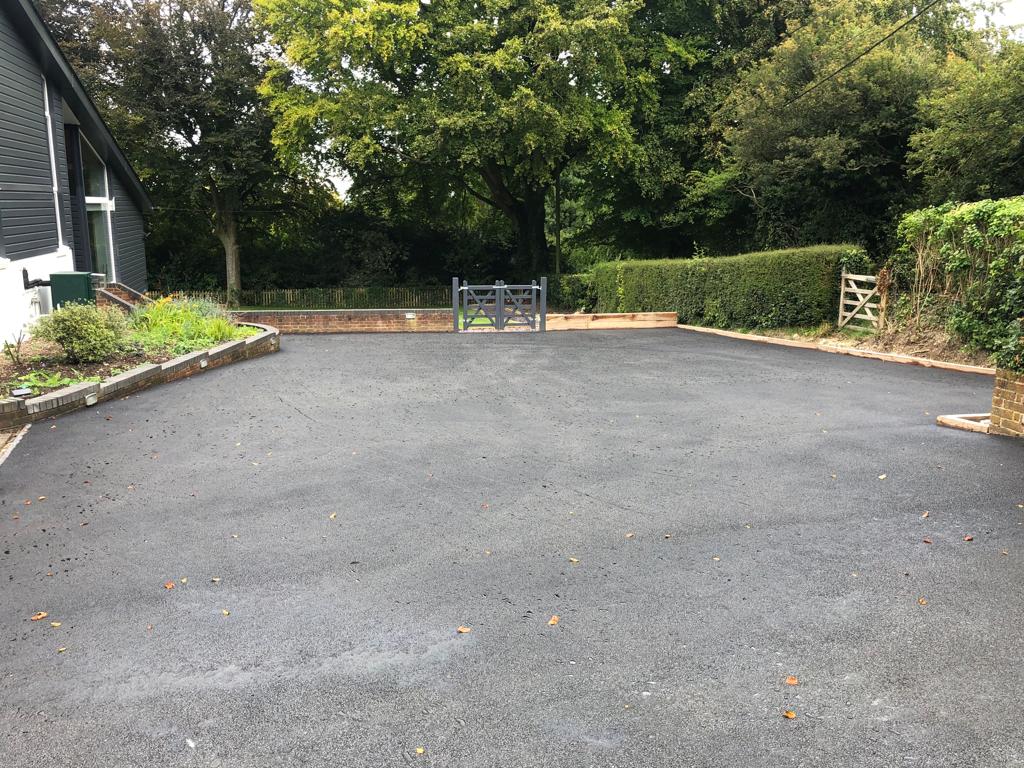Hardstands are essential for industrial sites, commercial yards, and rural properties that rely on solid, reliable ground to support vehicles, storage, and equipment. But if not built correctly, hardstands can become a source of constant repair costs, safety hazards, and operational inefficiencies. At Goulburn Road Tek, we’ve seen how common mistakes during planning or construction can lead to thousands of dollars in avoidable damage.
If you’re preparing to build or upgrade a hardstand in Goulburn, here are five critical mistakes to avoid.
1. Poor Sub-Base Preparation
A hardstand is only as strong as what lies beneath it. One of the biggest mistakes made during construction is rushing or skipping proper sub-base preparation. This leads to early cracking, subsidence, and an uneven surface.
Warning signs of poor sub-base work:
- Soft patches or sinking after rainfall
- Cracks forming under minimal load
- Water pooling in isolated spots
To avoid this, the ground must be excavated and compacted correctly, with high-quality material used for the sub-base to provide long-term strength and load support.
2. Ignoring Drainage Requirements
Water is the most common reason for hardstand failure. If your surface doesn’t allow for proper drainage, rainwater will pool or seep into the base layer, eroding it over time and leading to costly reconstruction.
Common drainage issues include:
- Inadequate surface grading
- Lack of edge drainage or spoon drains
- Runoff flowing toward buildings or stored equipment
In Goulburn, where heavy downpours can occur with little warning, drainage planning is critical to hardstand performance and safety.
3. Choosing the Wrong Surface Material
Not all surfacing materials are suitable for every use. Some clients opt for cheaper materials without considering long-term usage, which leads to premature wear and failure.
Factors to consider when selecting material:
- Type and weight of vehicles or equipment
- Frequency of use and turning movements
- Exposure to chemicals, oils, or weather extremes
At Goulburn Road Tek, we tailor each hardstand to your specific use case—whether that means using bitumen, asphalt, or layered spray seal systems.
4. Underestimating Load Requirements
Cutting costs by skimping on thickness or reinforcement can lead to severe cracking and deformation. A hardstand needs to be designed to carry expected loads without shifting or breaking down under stress.
Load miscalculations can result in:
- Rutting or tyre grooves
- Broken edges and surface collapse
- Frequent patching and maintenance
Whether it’s for trucks, forklifts, or stacked storage, proper load engineering prevents long-term costs and ensures consistent performance.
5. Failing to Plan for Future Use
Many hardstands are built to meet current needs but don’t account for future changes in usage. Expansion, increased vehicle weight, or different operational layouts can quickly overwhelm a hardstand that wasn’t built with flexibility in mind.
Planning oversights may lead to:
- Needing full surface removal and rebuild
- Additional drainage rework
- Site disruption and downtime
Working with professionals like Goulburn Road Tek ensures the layout, materials, and load capacity are future-proofed from the beginning.
Conclusion
Cutting corners on your hardstand might seem like a short-term saving, but the long-term costs can be significant. From structural failure and drainage issues to ongoing maintenance and business disruption, mistakes in the planning or construction phase will cost you more down the track.
To avoid these costly pitfalls, partner with Goulburn Road Tek in Goulburn. Our team delivers properly engineered hardstands designed for strength, drainage, and durability—backed by real-world expertise in the conditions that matter. Reach out today and invest in a surface built to last.
Call us on: 02 5135 3012
Click here to find out more about Goulburn Road Tek
Click here to complete our contact form and see how we can help with your Asphalt and Bitumen Surfacing needs.

